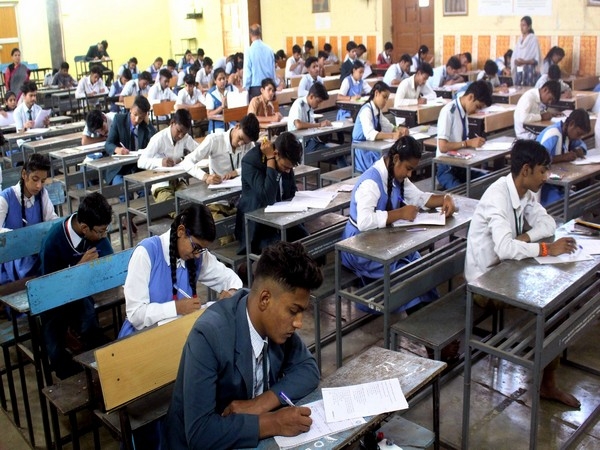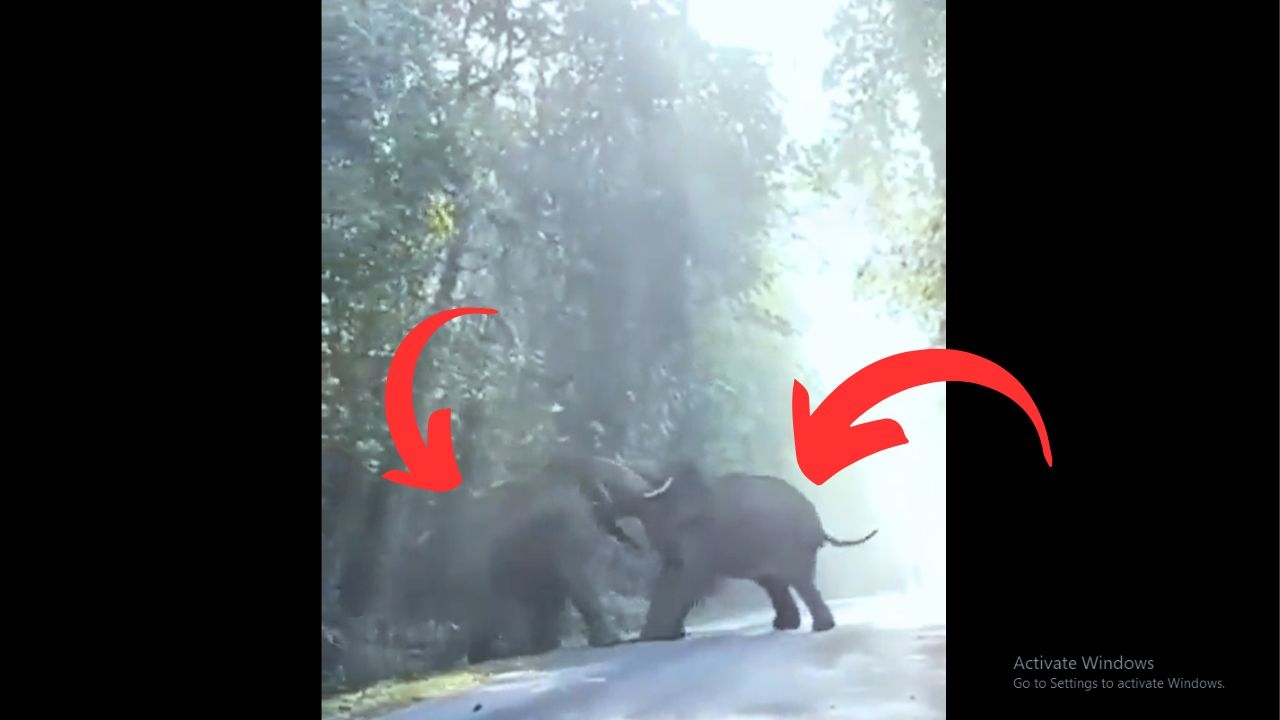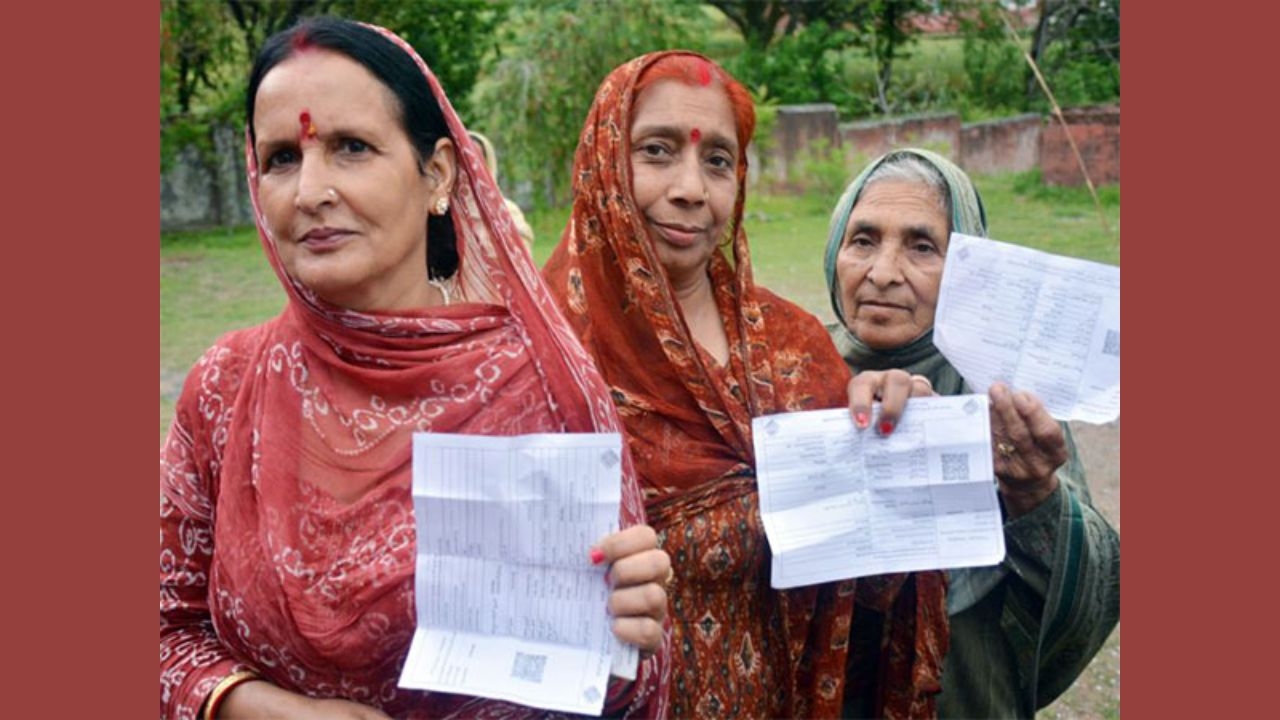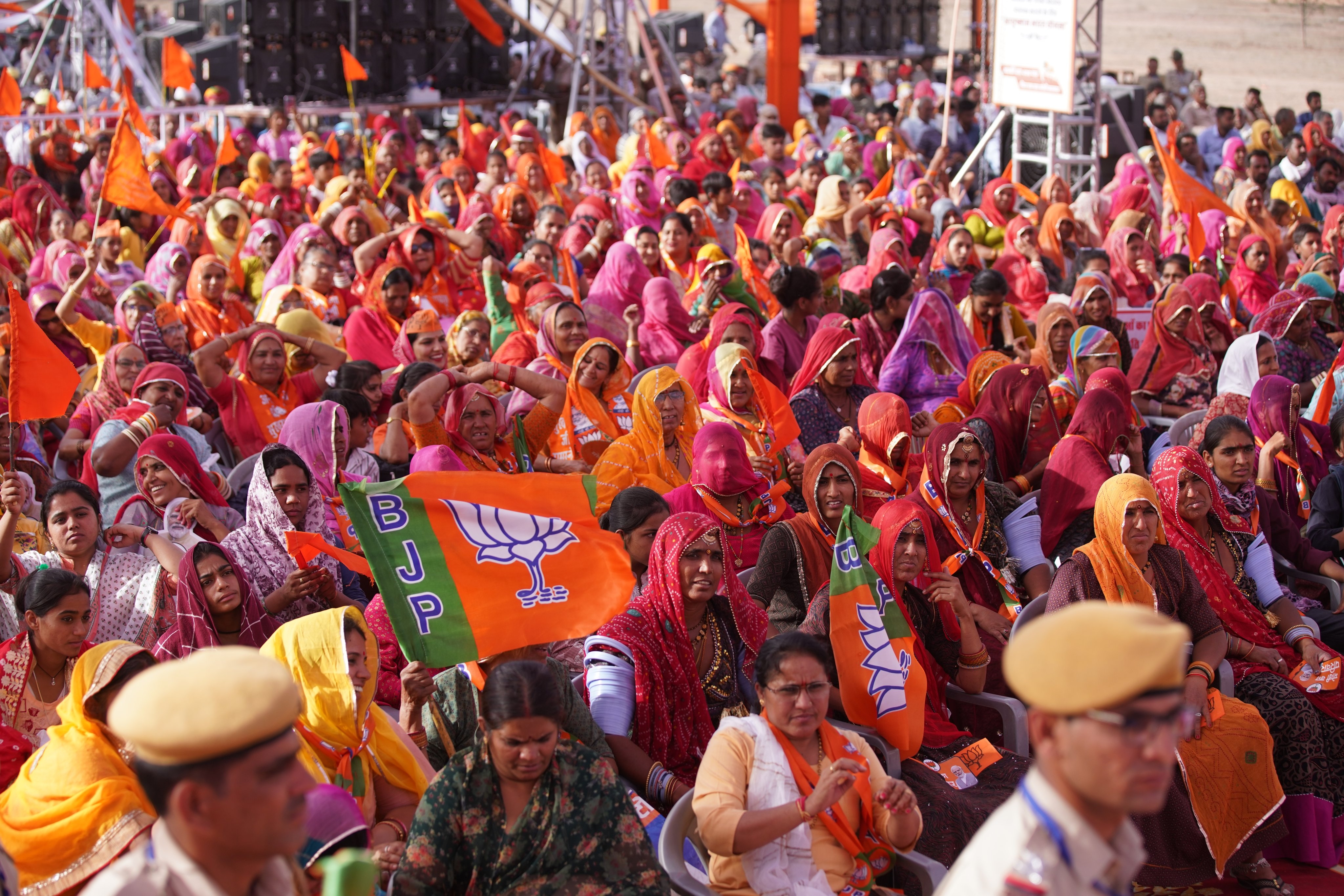BJP's deepening roots in Muslim majority J&K
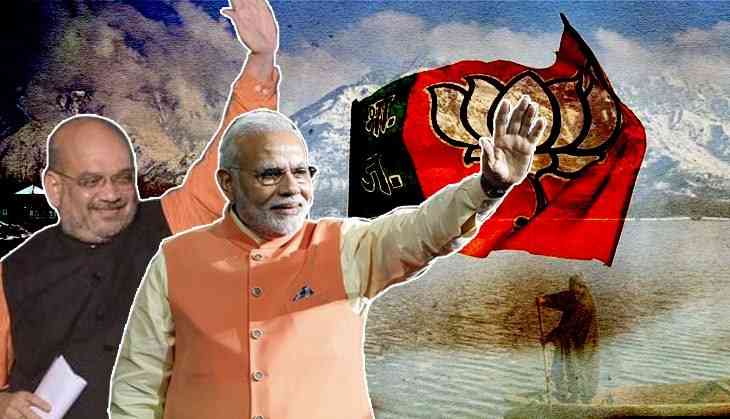
The BJP won three out of six Parliament seats in J&K - two from Jammu and one from Ladakh. The party raised its vote-share from 34.40 in 2014 percent to 46.60 percent. It lost three seats of Kashmir Valley to National Conference but it did take the lead in a single Assembly constituency in the predominantly Muslim dominated region. And of all the places, this constituency is in the troubled South Kashmir, the Valley's separatist hub. What is more, its name is Tral, home to slain top militant commanders Burhan Wani and Zakir Musa.
Where did the lead come from? It was a result of the voting by the party's tiny local cadre and voting by Kashmiri Pandits living in other parts of the country amid the widespread boycott of the exercise by the local people. Polling percentage in the Anantnag constituency of which Tral is a part was a meagre 8.5 percent. In Tral itself, the voting was even lesser, a measely 1.59 percent. BJP’s Sofi Yousuf got 323 votes, followed by the winning National Conference candidate Hasnain Masoodi who got 234 votes.
While this lead in a Valley's Assembly segment has little more than a symbolic value, what is undeniable is the commanding presence the BJP has built in the Hindu majority Jammu followed by the one in Ladakh, split more or less evenly between Muslims and Buddhists.
Jitendra Singh, who was Minister of State in the PMO in the last government, won his seat by a margin of more than 3,57,000 votes, the highest-ever victory margin in the elections in the state.
Figuring out the puzzle
What explains the BJP's surge in a state, with around 70 percent Muslim population? "The answer to this question is same as would explain the party's stellar performance in rest of the country," says Naseer Ahmad, a columnist. "The party's nationalist rhetoric and security centric narrative resonated with people in Jammu and Ladakh where a majority of people harbour grievances against Muslim majority Kashmir. This consolidated Hindus in Jammu and Buddhists in Ladakh in favour of the BJP".
It was thus a replay of the BJP's 2014 campaign in the state. Also, unlike the Congress and the other opposition parties, the BJP's top leaders comprising Prime Minister Narendra Modi, Amit Shah and Rajnath Singh - the party's veritable triumvirate - visited J&K to address rallies. These rallies were not only helpful in J&K, they resonated with the mainland India too where anything to do with Kashmir generates strong emotions.
The party also deepened its support base in Jammu and Ladakh by getting the Governor Satya Pal Malik to address some long term public demands in the two provinces. For example, Malik went ahead with granting the division status to Ladakh region, thus administratively separating it from Kashmir province. Also, it got the Union Cabinet to roll out 10% reservation for economically weaker sections (EWS) in educational institutions and government jobs in Jammu and Kashmir and approved the benefit of promotion in service to the Scheduled Castes and Schedule Tribes, which largely applies to people in Jammu. Also the state government tweated laws to grant three per cent reservation to the people living along the International Border in the Jammu division. Though these far-reaching measures are seen outside the remit of a Governor's administration, it didn't stop it from implementing them.
This has put the BJP on a strong wicket in the two provinces of the state, as the result of the Parliament polls would have you believe, emboldening the BJP leader to claim that they now have a mandate from Jammu and Ladakh to remove the Articles 370 and 35A, the all-important constitutional provisions that lend J&K its special position in India's Constitution and also forbid outsiders from settling in the state.
What next?
Come Assembly polls, the BJP will hope to considerably scale up its political presence in J&K. With a better showing in Jammu and Ladakh and potentially winning a few seats in boycott-marred election in Kashmir, the saffron party could very well emerge as the largest single party in the state. The party's hope of opening a score in the Valley is based on small cadre it has built over the past five years. According to the BJP, it has 3.5 lakh workers in the Valley which can enable it to win seats in the event of an election boycott.
Should this scenario come to pass, as looks possible now, it will fundamentally reconfigure the politics of the state.
This has confronted the people in Kashmir Valley and the Muslim dominated areas in Jammu and Ladakh with an existential question. A BJP-led state government would be in a much better position to execute its ideological agenda on the state which includes withdrawal of the constitutional safeguards.
"While lot is being said and written about the fallout of the BJP victory on the country as a whole, there has been little reflection and rethink in Valley about the approach to the drastically altered political state of affairs in the country," reads an editorial in a local daily. "The party's leadership from the PM Modi on down to Amit Shah, Rajnath Singh and Arun Jaitley, all have pitched for revocation of the Article 370 and 35A. But this is an issue which hasn’t sufficiently touched our political discourse. It is about time it does".
First published: 30 May 2019, 13:18 IST
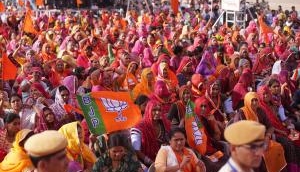

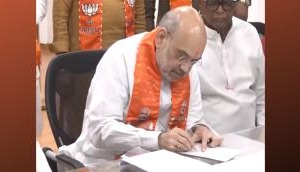
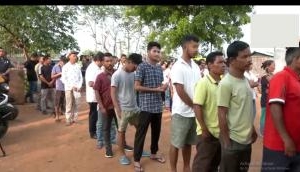
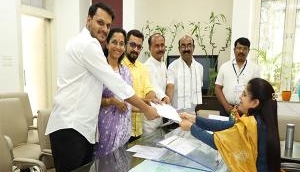
![BJP's Kapil Mishra recreates Shankar Mahadevan’s ‘Breathless’ song to highlight Delhi pollution [WATCH] BJP's Kapil Mishra recreates Shankar Mahadevan’s ‘Breathless’ song to highlight Delhi pollution [WATCH]](http://images.catchnews.com/upload/2022/11/03/kapil-mishra_240884_300x172.png)

![Anupam Kher shares pictures of his toned body on 67th birthday [MUST SEE] Anupam Kher shares pictures of his toned body on 67th birthday [MUST SEE]](http://images.catchnews.com/upload/2022/03/07/Anupam_kher_231145_300x172.jpg)


